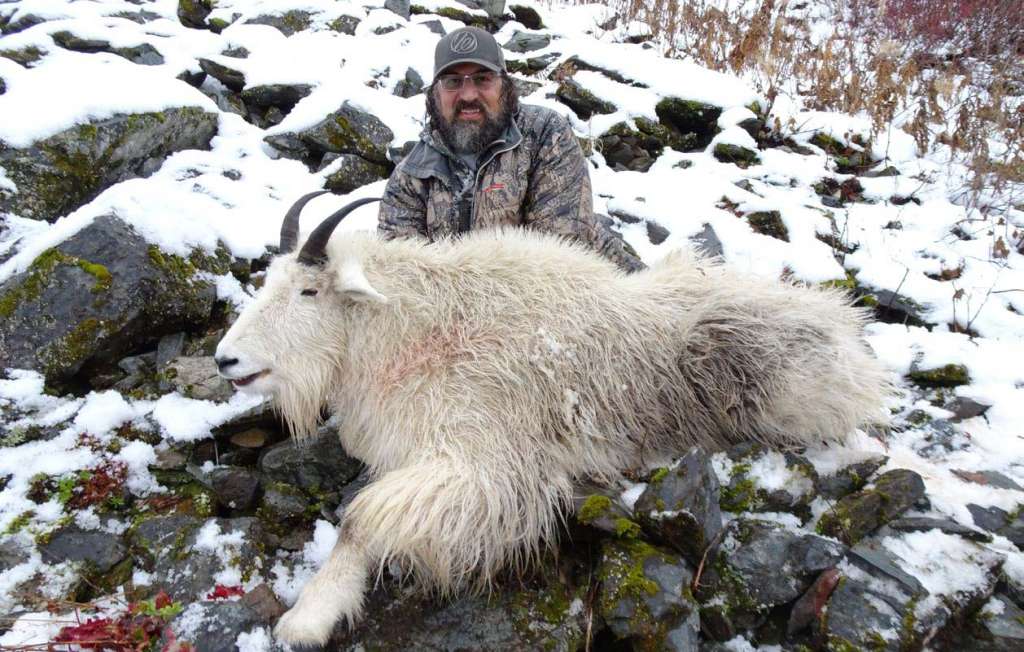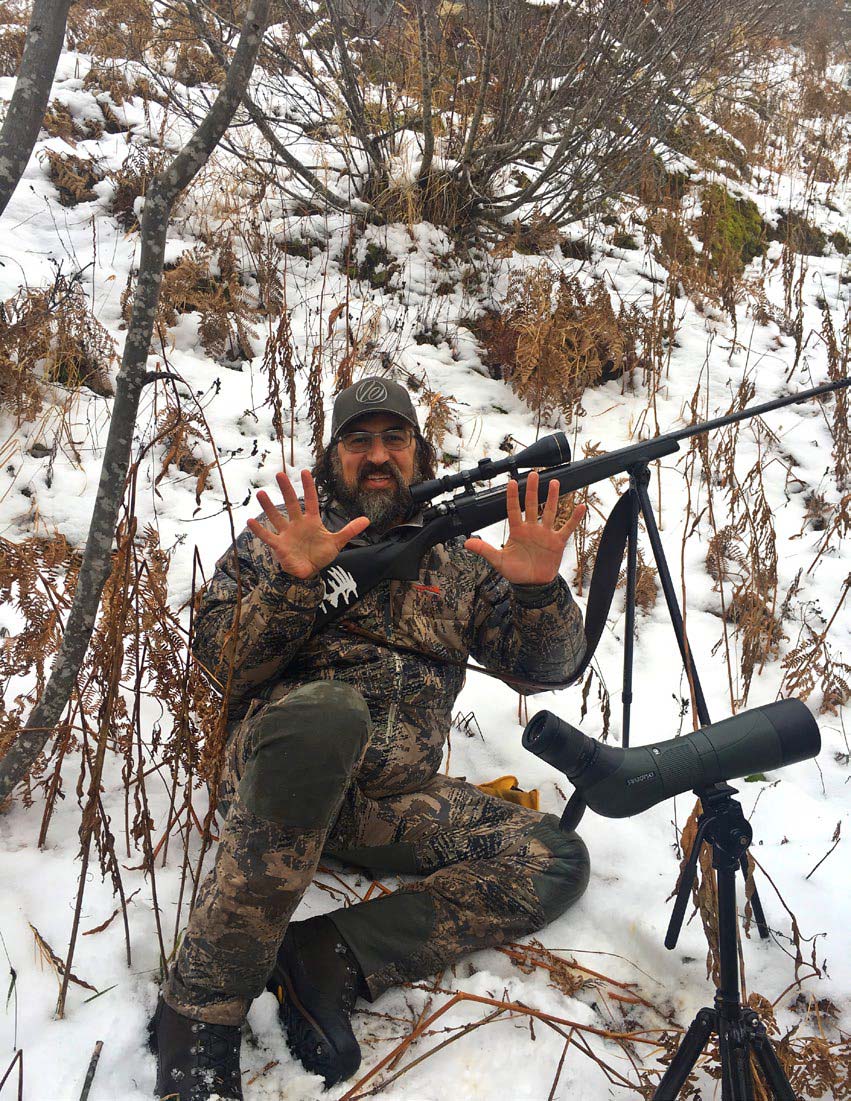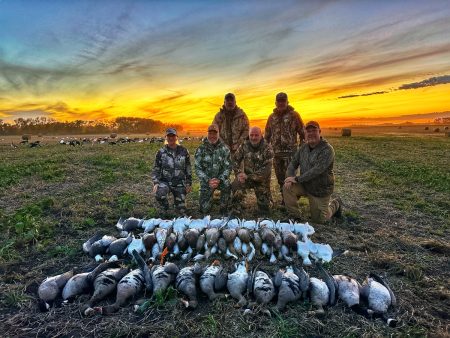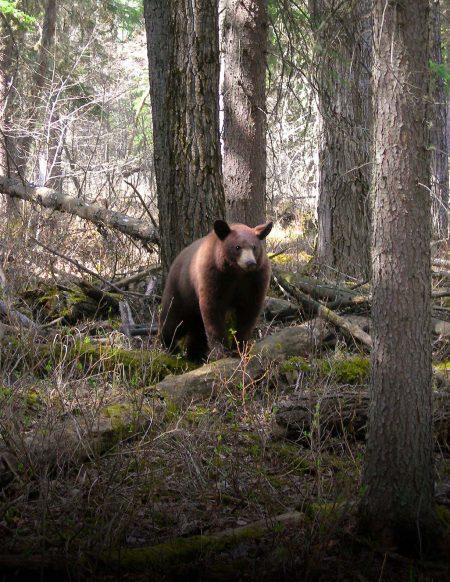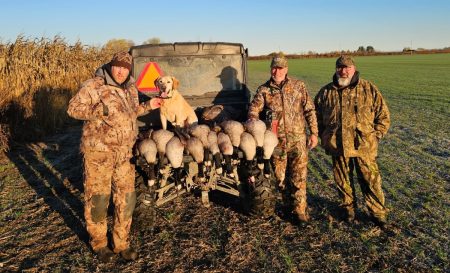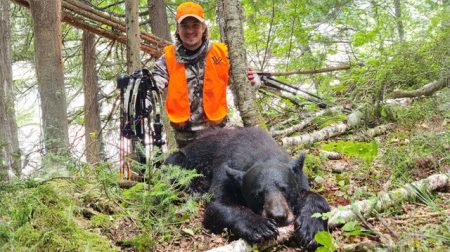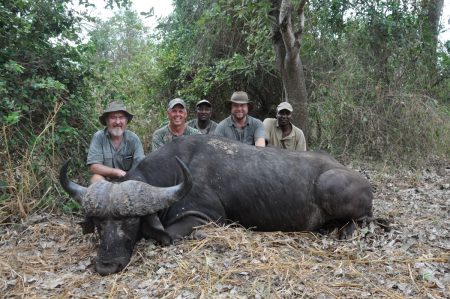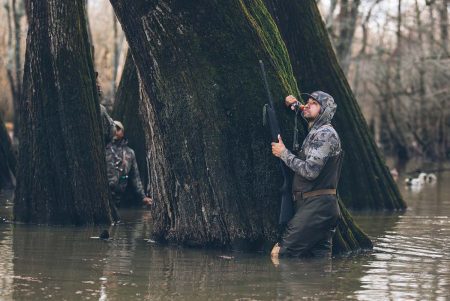Growing up in the prairies, I always had a fascination with Mountain hunting, listening to tales from my Dad, Lorne and late Uncle Lester tell the stories of their adventures deep in the Rockies. Those jagged peaks and picturesque high basins always drew me to them and there is something about the ruggedness and fear associated with hunting there. Maybe it’s the fact that most will never take on the challenge or that it pushes a hunter further than ever pushed before, but the rewards are tenfold.
Arguably the most dangerous Big Game animal to hunt in North America, terrain-wise is the Mountain Goat, which choose to spend their time in the most rugged, cliffy rocks above treeline, near the tops of the mountain, dancing over the vertical peaks with the grace of a ballerina. The old saying goes, when you spot the sheep, look higher and you will find the mountain goats.
Mountain Goats are prolific climbers and I will say without hesitation that you will find yourself in danger on more than one occasion while hunting them. They spend the majority of their time in remote areas with tough access, so a hunter needs to be mentally prepared, in tip top shape physically and have some backcountry hunting experience to even think about hunting these amazing animals, as they are without doubt the greatest challenge in North American Big Game hunting.
Quality Optics
Your best bet for success while hunting Mountain Goats is a spot and stalk style of hunting. A smart mountain hunter will wear his eyes out glassing, long before he wears out his legs and feet, so be prepared to spend some long hours behind your optics. Quality glass is a must, a huge advantage when it comes to mountain hunting, for not only clarity but eye strain as well. I solely use Swarovski optics, having done so for over 25 years and they never disappoint.
Be sure to have a good spotting scope, a quality tripod and a good set of binoculars in your arnsenal. I run a STX spotting scope and EL Range 10X binos, as distances in the mountainous steep terrain can be extremely hard to judge and these incredible binos take all your guess work out of it, minimizing the risk of a miss or even worse, a poor placed shot.
Confidence In Your Weapons
Knowing your weapon and having the confidence to make that long shot is key when it comes to mountain hunting. There are times when you may be forced to take a shot that might push you to the limits of your comfort zone, but knowing your rifle well and where it shoots take the guess work out of the picture.
Shoot your weapon often at all ranges, try to get your groups as tight as possible, confidence in your weapons gives you peace of mind, preparation is key, so head to the range often and shoot, shoot, shoot. If you are able to find a place with 500 yard plus shot opportunities, it will be a huge help to gain the knowledge of your rifle at long distances.
I shoot a Weatherby Mark V, with my favorite concocted hand loads, chambered in a 300 Weatherby…Now this rifle has been my rock, claiming over a hundred big game animals over the many years I’ve owned it, able to count on one hand the number of animals that needed a second follow-up shot. Although I have many Weatherby’s in my collection, this one always seems to be my go-to for any of my big game hunts.
Comfortable/Functional Gear
When on a mountain hunt, you’re leaving the comfort of home far behind, so you need the best gear to stay warm and dry, as well as boots that won’t give out on you, your feet are your #1, so protect them and make sure your boots are well broken in and your feet are ready to keep up. I have worn Hanwag boots for many years, they have been building boots since the 1920s. For my feet, they are the most comfortable boots I’ve ever found and have stood up to anything I’ve put them through.
Todays modern hunter, we are blessed with great clothing companies like Sitka Gear, providing the best active clothing, taking all the strains of mountain hunting into consideration, testing their gear in the harshest of conditions and continually improving on it. Having the best gear like this, will definitely hurt your pocket book, but will keep you comfortable on the mountain, which is a must. Layer up and take a good set of rain gear, the mountains can punish you, so be prepared for anything.
A good backpack complete with the necessities, along with some climbing rope and carabiners should be in your arsenal while hunting Mountain Goats, they can come in handy in the chance you get yourself into a pickle, or even for a retrieval in a tight spot.
Reading The Terrain
Mountain Goats tend to hang around cliff faces and steep ridge-lines on the edge of or above treeline and are generally easy to spot in the early season, but most times difficult to access in the extremely steep terrain they call home. They can climb anything and can cover ground in mere minutes that takes us hours. Spotting from below is generally the best bet, then trying to devise a plan to get within range, but be sure to pay close attention to what happens after the shot and the retrieval. Sometimes they are in such steep terrain that it will make a retrieval next to impossible, so remember there will likely be times where you are better to wait it out and let the goats move, versus putting yourself in extreme danger or worst case, being unable to get to your fallen trophy.
Mountain Goats are as tough as they come when being shot, hardly ever dropping on the spot. They will normally always seem to muster a few steps in trying to escape, it doesn’t take them much in that steep terrain to get to the edge of a cliff and disappear, much to your chagrin into the air below, which doesn’t do your animal or you any good. So remember to always think about what it is going to take you to retrieve your trophy, if you even the least bit skeptical, don’t take the shot.
Learning About Billy Vs Nanny
It can be hard for inexperienced hunter to distinguish between a male and a female, so do your homework to try your hardest to know what you are after. Horn size and mass can help you spot the difference but it isn’t always easy.
On a mature Billy, they will generally have larger bases and a heavy horn throughout the length with a more gradual curve to the horn. A Nanny will have lighterweight horns without the gradual curve, their curve most always towards the tip of their horns.
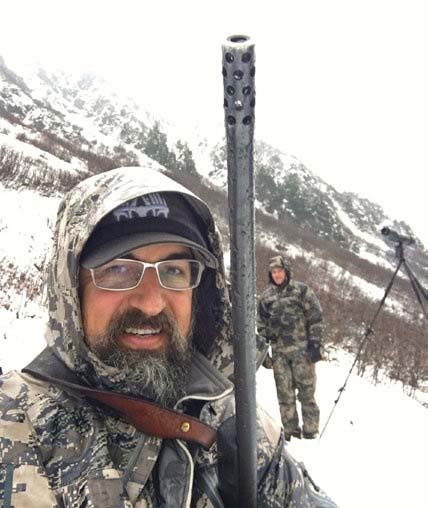
One huge advantage to hunting at this time of year, was the Mountain Goats were just coming into the rut, so wherever we spotted Nannies, we knew Billys wouldn’t be far away. After a few long cold wet days and having passed on a few smaller goats, we finally found a group high on the mountain with two big boys worth a closer look.
The wind wasn’t great so we decided to try and get up across the canyon from them, figuring we would be able to get within 400 yards, if we were lucky and they didn’t move. The climb was intense once we started to get into the steep icy cliffs, using the vines growing out of the sides of the rock to pull ourselves up through the ice-covered crags, I can’t ever remember trying to climb something so steep and icy, trying my hardest to be super careful and take my time, knowing I was pushing myself beyond belief, but we kept plugging and finally found ourselves where we wanted to be.
It was windy, snowing, misty and super foggy, so we could just make them out. My Swarovski’s revealed we were 389 yards from them and a closer look revealed that the biggest Billy was knocking on the fabled 10 inch mark and without question was indeed a shooter. I got ready, fingers crossed that the fog would lift enough for a clear shot before they disappeared. I waited for what seemed like an eternity and finally the clouds broke just long enough to give me a small window.
I took advantage of the opportunity, making a perfect shot from my trusty .300 Weatherby Mark V at 391 yards. The big Billy crumpled on the spot, but it was so steep and icy that gravity instantly started to work and to our disbelief, my B&C Billy started to slide downhill and vanished over a steep cliff into the foggy abyss below. My heart sank, all I could think to myself was please don’t break off those beautiful heavy black horns.
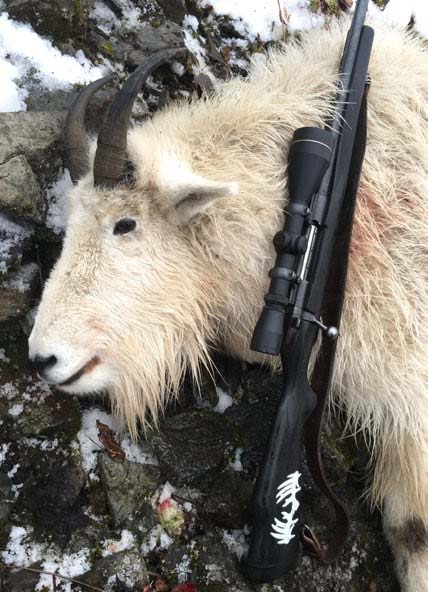
The giant goat didn’t disappoint to say the least and damn near did cartwheels when I seen he still had both his horns and what a set of horns they were, 10 inches long, jet-black, heavy bases, with perfect ivory tips, he truly was everything I could’ve ever wanted in a big B&C Billy, I was on Cloud Nine, I knew the long pack out would be interesting and this had definitely been my most challenging hunt ever, but I had done it and couldn’t have been happier at that exact moment.
The most well known quote when it comes to Mountain Goats: “Goat-hunting starts where sheep-hunting ends.” There was no question in my mind that I had just completed the toughest mountain hunt in North America and in the harsh late-season conditions with icy cliffs and snow-capped peaks nonetheless.
This trip gave me a whole new appreciation for these agile cliff dwellers, quickly spiralling this late-season hunt to the hardest hunt I had ever accomplished, pushing myself well past my comfort zone in the steep icy cliffs on more than one instance, but holding this beautiful Boone & Crockett Mountain Goat in my hands was the icing on the cake. They truly are the KING of the CLIFFS.
By Jeff Schlachter
Per our affiliate disclosure, we may earn revenue from the products available on this page. To learn more about how we test gear, click here.






